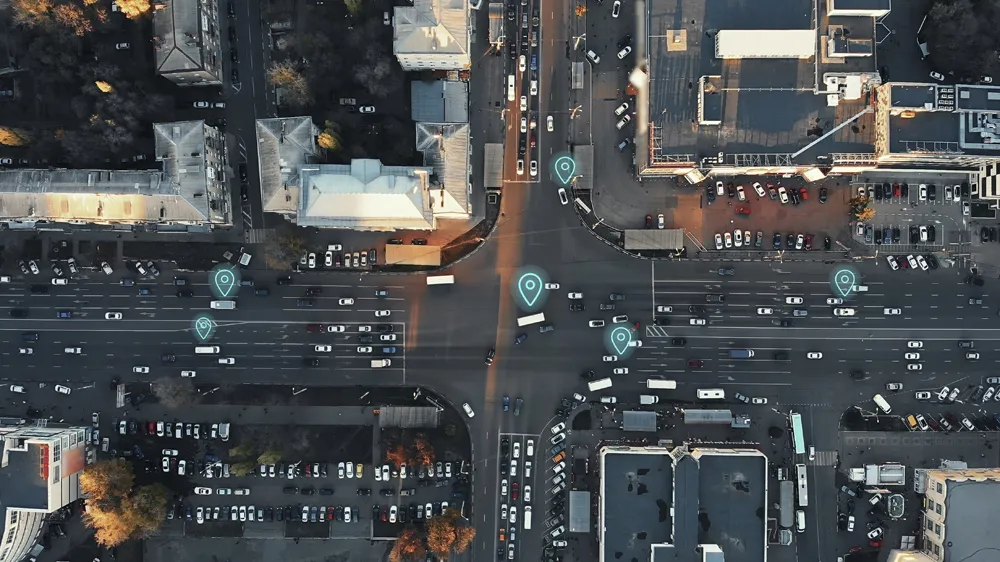StarTraq, a UK-headquartered offence management software specialist has extended the automated adjudication software services it currently provides to Suffolk Constabulary in the UK for the uploading and verification of traffic offences captured on camera. With the latest upgrade to the company’s new cloud-based service, Suffolk Police will be in a position to take advantage of improved efficiencies as well as extend the service to their neighbouring constabulary in Norfolk.
March 29, 2012
Read time: 3 mins
RSS127 StarTraq, a UK-headquartered offence management software specialist has extended the automated adjudication software services it currently provides to Suffolk Constabulary in the UK for the uploading and verification of traffic offences captured on camera. With the latest upgrade to the company’s new cloud-based service, Suffolk Police will be in a position to take advantage of improved efficiencies as well as extend the service to their neighbouring constabulary in Norfolk.
The new StarTraq contract means that raw data from offences captured by Norfolk safety cameras will be sent to Suffolk for uploading to the shared StarTraq system, from where it can be accessed securely by Central Ticket Office personnel from either Norfolk or Suffolk as appropriate. Offences committed in Norfolk can still be accessed and verified by staff in Norfolk, who will now be able to process a higher volume of offences and reduce the so-called justice gap, where offences are rejected, lost or timed out.
Meanwhile, StarTraq Dome has been implemented in South Africa for traffic enforcement on private secure estates. Enforcement of traffic rules in private estates is now being outsourced to technology companies such as I-Cube, whose solar powered motion-triggered cameras monitor a range of driving behaviours, including speed, stopping at red lights and stop signs, seatbelt and mobile phone usage.
Following the implementation of StarTraq Dome, images are now uploaded to the system directly from the cameras via wireless and 3G connections for review and verification of offences, and driver details are checked against the available databases (Property Owner’s Register, Visitors Log or eNatis, the South African Vehicle Owners national database). StarTraq Dome then prints and administers the offence, and offenders can view their offences online.
Barry Fryer-Dudley, managing director of I-Cube, says “Estate managers really appreciate the way in which StarTraq Dome software is adapted and customised to ensure that it has application to their specific requirements, enabling them to provide a solution for controlling traffic and help create a safe and secure society. By outsourcing the entire HOA penalty process, from hardware install, to Dome Software to remote violation identification, driver details, violation delivery, payment and debt collection, the estate manager ensures the HOA Rules and Regulations are enforced, making for a safe environment while generating additional income that is used for the benefit of the residents.”
The new StarTraq contract means that raw data from offences captured by Norfolk safety cameras will be sent to Suffolk for uploading to the shared StarTraq system, from where it can be accessed securely by Central Ticket Office personnel from either Norfolk or Suffolk as appropriate. Offences committed in Norfolk can still be accessed and verified by staff in Norfolk, who will now be able to process a higher volume of offences and reduce the so-called justice gap, where offences are rejected, lost or timed out.
Meanwhile, StarTraq Dome has been implemented in South Africa for traffic enforcement on private secure estates. Enforcement of traffic rules in private estates is now being outsourced to technology companies such as I-Cube, whose solar powered motion-triggered cameras monitor a range of driving behaviours, including speed, stopping at red lights and stop signs, seatbelt and mobile phone usage.
Following the implementation of StarTraq Dome, images are now uploaded to the system directly from the cameras via wireless and 3G connections for review and verification of offences, and driver details are checked against the available databases (Property Owner’s Register, Visitors Log or eNatis, the South African Vehicle Owners national database). StarTraq Dome then prints and administers the offence, and offenders can view their offences online.
Barry Fryer-Dudley, managing director of I-Cube, says “Estate managers really appreciate the way in which StarTraq Dome software is adapted and customised to ensure that it has application to their specific requirements, enabling them to provide a solution for controlling traffic and help create a safe and secure society. By outsourcing the entire HOA penalty process, from hardware install, to Dome Software to remote violation identification, driver details, violation delivery, payment and debt collection, the estate manager ensures the HOA Rules and Regulations are enforced, making for a safe environment while generating additional income that is used for the benefit of the residents.”









